Spice Up Your Plate: A Flavorful Guide to Mexican Cuisine Staples
Table of Contents
Introduction
When it comes to global spice traditions, few places are as vibrant and flavorful as Mexico. Known for its rich culinary heritage, Mexican cuisine is a celebration of bold flavors, aromatic spices, and time-honored techniques. Whether you're an aspiring home cook or a seasoned chef, understanding the core ingredients that define Mexican cuisine can transform your cooking experience. In this guide, we’ll explore the must-have staples of Mexican cuisine, offer practical tips for using them, and help you choose the best products to elevate your dishes.
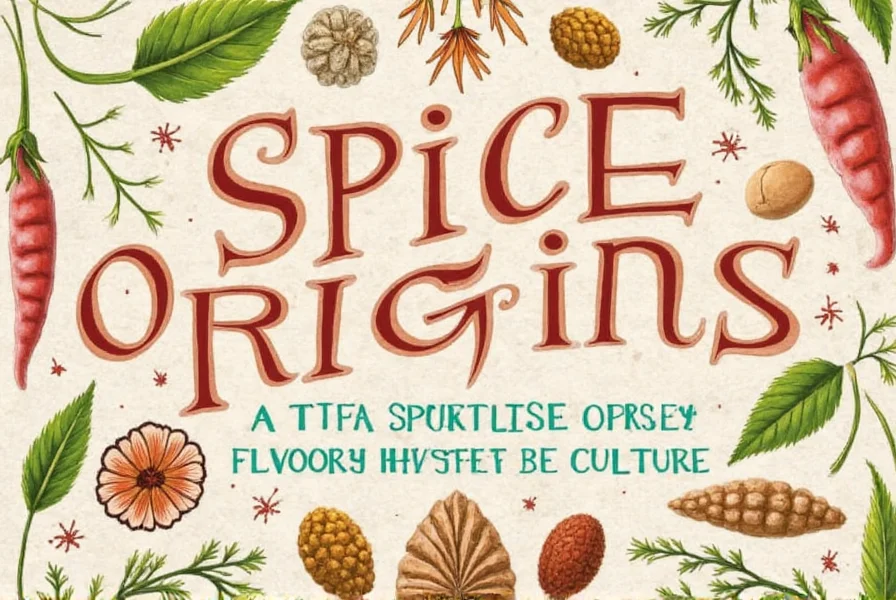
Mexican Cuisine Staples
Mexican cuisine is built on a foundation of simple yet powerful ingredients. These staples not only add depth and complexity to dishes but also reflect the cultural and historical significance of the region. Here are some of the most essential elements:
- Chiles: From mild poblano to fiery habanero, chiles are the heart of many Mexican recipes.
- Cumin: This warm, earthy spice is used in everything from salsas to stews.
- Oregano: Mexican oregano has a more pungent flavor than its Mediterranean counterpart and is commonly used in beans and meats.
- Garlic and Onion: These two aromatics form the base of countless traditional dishes.
- Tomatoes and Tomato Paste: Essential for sauces, soups, and stews.
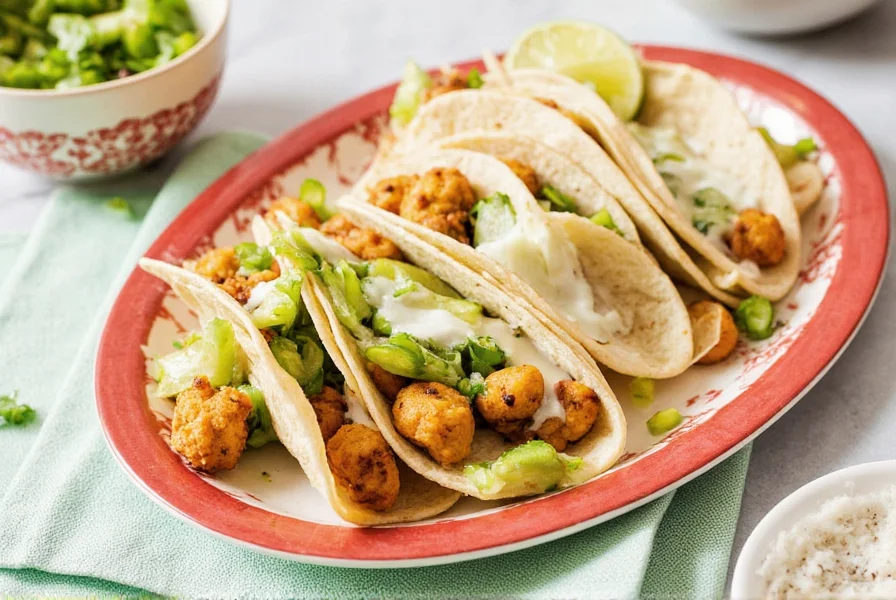
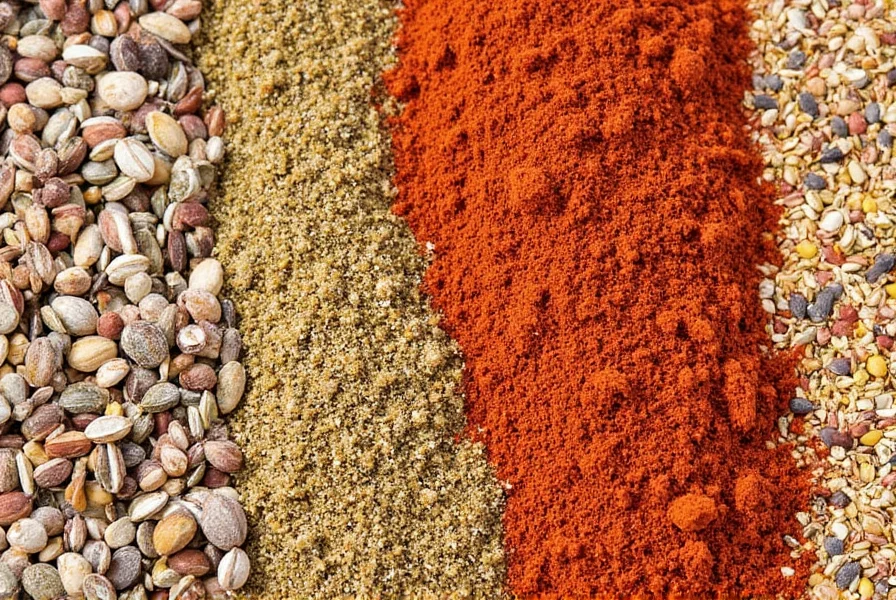
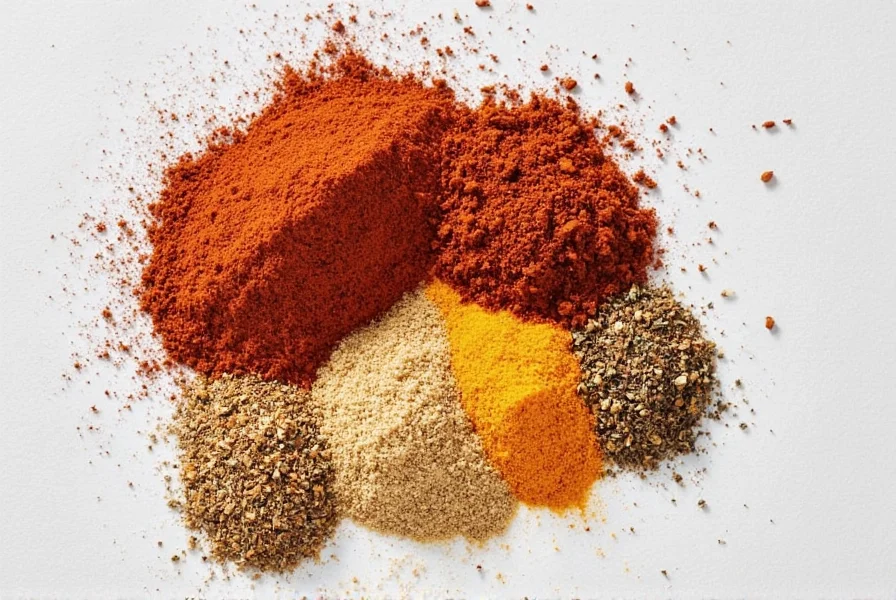
Why These Ingredients Matter
The magic of Mexican cuisine lies in how these staples come together to create complex, layered flavors. For example, cumin adds warmth to a chili, while chiles bring heat and smokiness. Garlic and onion provide a savory base, and tomatoes add acidity and richness. Understanding how each ingredient contributes to the overall flavor profile is key to mastering Mexican cooking.
Practical Tips for Cooking with Mexican Spices
Whether you're making tacos, enchiladas, or a traditional mole sauce, knowing how to use Mexican spices effectively can make all the difference. Here are some helpful tips:
- Toast Chiles for Depth: Toasting chiles before grinding them enhances their flavor and reduces bitterness.
- Use Fresh Herbs When Possible: Fresh oregano and cilantro add brightness and freshness to dishes.
- Balance Heat with Acid: If a dish is too spicy, a splash of lime juice or vinegar can cut through the heat.
- Experiment with Blends: Try mixing different chiles or combining cumin with coriander for unique flavor profiles.
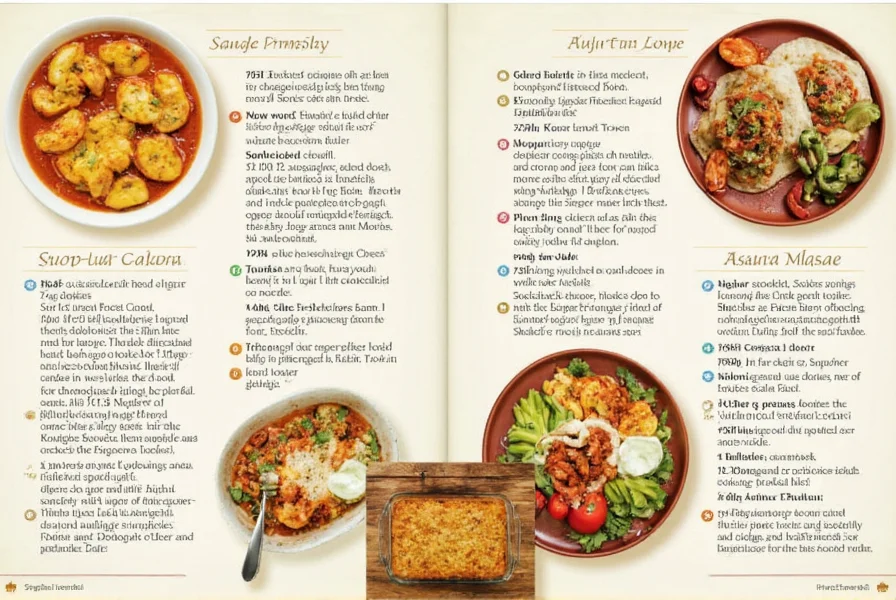
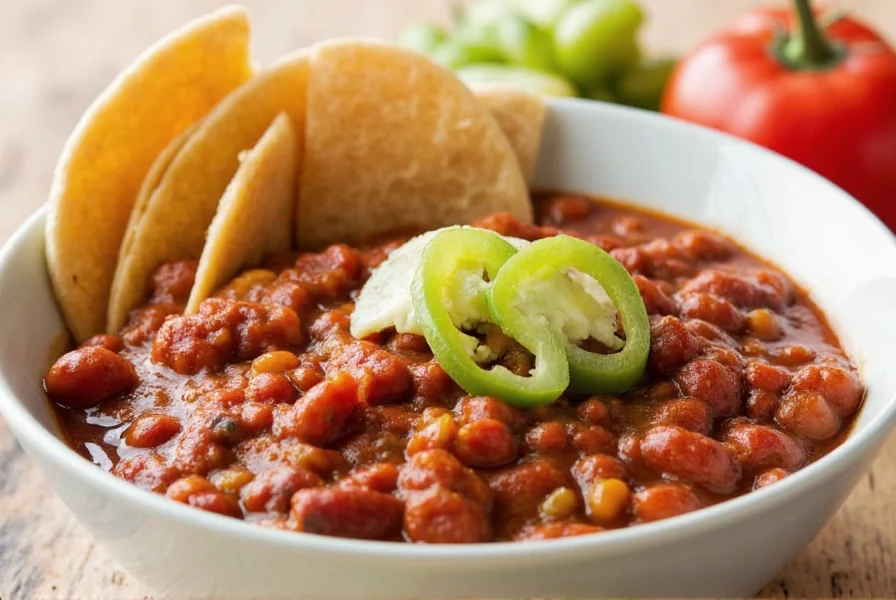
Pro Tip: Make Your Own Spice Mixes
One of the best ways to get the most out of your Mexican spices is to make your own blends. For example, a homemade taco seasoning mix can be made by combining chili powder, cumin, garlic powder, and paprika. Not only does this give you control over the flavor, but it also allows you to adjust the spice level to your liking.
Buying Guide for Mexican Spice Essentials
Choosing the right spices and ingredients is crucial for achieving authentic Mexican flavors. Here’s a detailed buying guide to help you select the best products:
1. Dried Chiles
| Chile Type | Flavor Profile | Best Use | Recommended Brand |
|---|---|---|---|
| Poblano | Mild, slightly sweet | Stuffed, roasted, or pureed | La Costeña |
| Habanero | Very hot, fruity | Salsas, hot sauces | El Yucateco |
| Ancho | Smoky, sweet | Moles, stews | Maruchan |
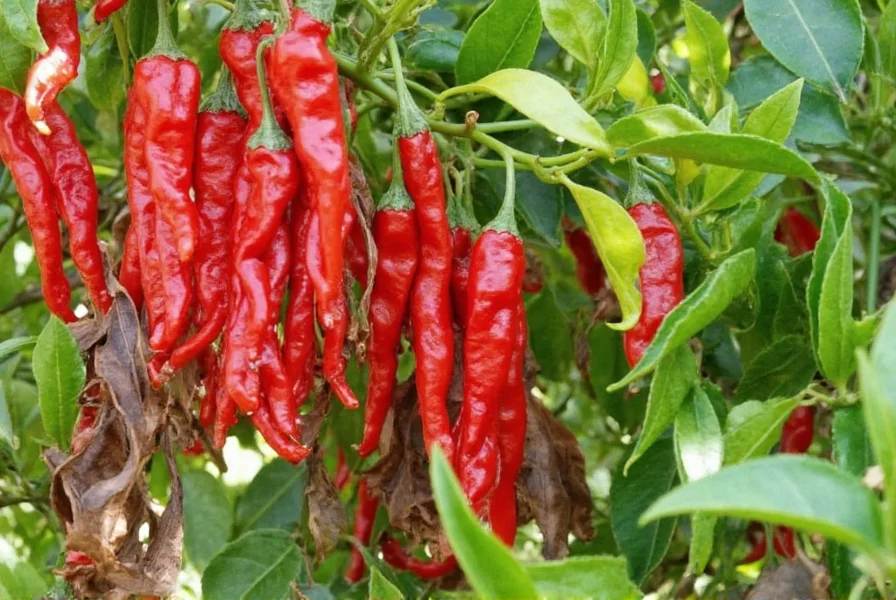
2. Ground Spices
Ground spices like cumin, oregano, and chili powder are staples in any Mexican kitchen. Look for high-quality, freshly ground options for the best flavor.
- Cumin: Choose whole seeds if possible, as they retain their flavor longer. Grind them yourself or opt for a trusted brand like McCormick.
- Oregano: Mexican oregano has a stronger, more pungent flavor than Mediterranean varieties. Brands like Mrs. Dash offer quality blends.
- Chili Powder: A blend of ground chiles, cumin, and other spices. Be cautious of added salt—look for low-sodium versions if needed.
3. Tomato Products
Tomatoes and tomato paste are essential for many Mexican dishes. When choosing, look for organic, no-added-salt options for maximum flavor and health benefits.
- Tomato Paste: A concentrated form of tomatoes that adds depth and richness. Brands like San Marzano are highly recommended.
- Tomato Sauce: Ideal for making red sauces and soups. Opt for brands like Rao's or La Victoria for authentic taste.
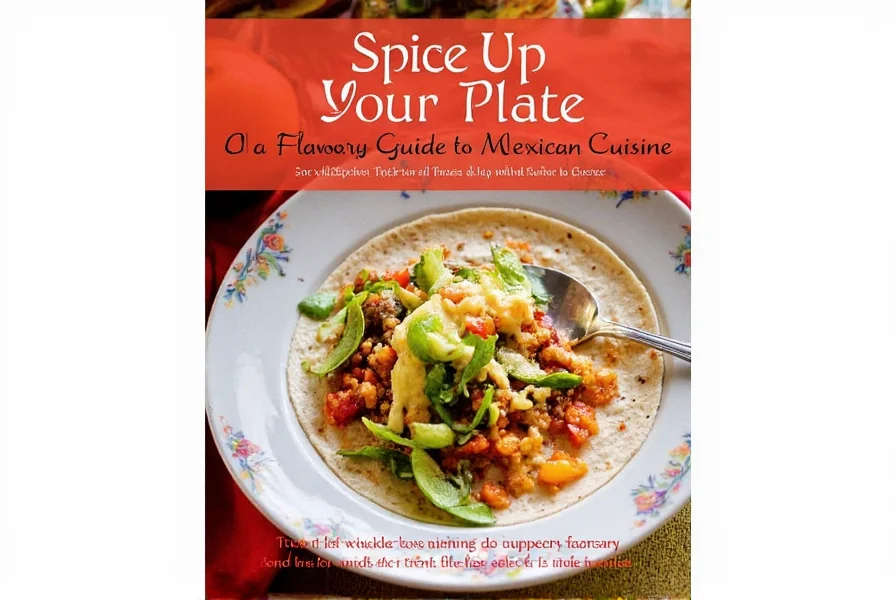
4. Fresh Herbs
While dried herbs are useful, fresh ones can elevate your dishes significantly. Cilantro, epazote, and fresh oregano are particularly important in Mexican cooking.
- Cilantro: Often used in salsas, guacamole, and garnishes. Look for bright green leaves without wilting.
- Epazote: A strong, aromatic herb used in bean dishes and stews. It’s especially popular in Oaxaca.
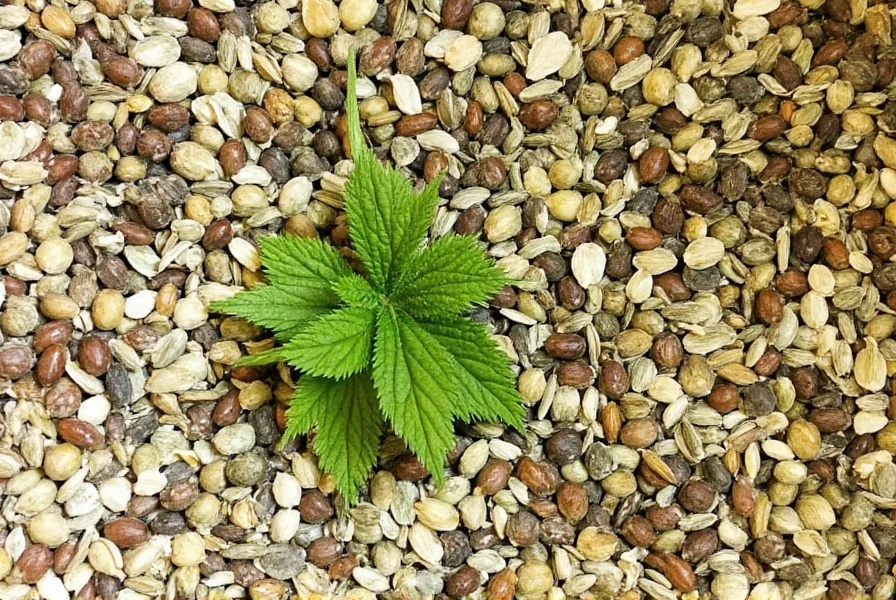
Conclusion
Exploring the world of Mexican cuisine staples is a journey into the heart of one of the most flavorful and diverse culinary traditions in the world. By understanding the key ingredients, learning how to use them effectively, and selecting high-quality products, you can bring authentic Mexican flavors into your kitchen. Whether you're making a simple taco or a complex mole sauce, the right spices and ingredients can turn a good meal into an unforgettable experience. So grab your favorite chiles, spices, and herbs, and start cooking up a storm!
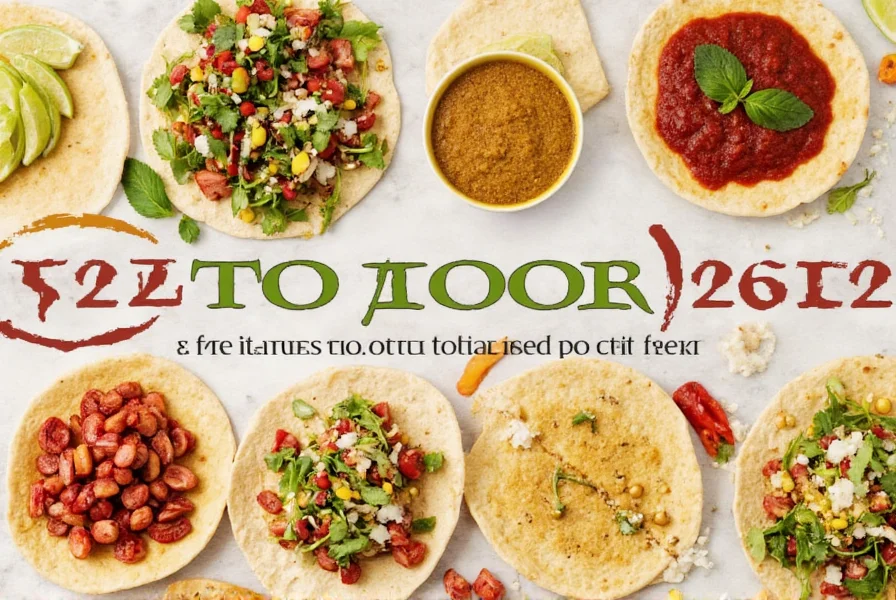










 浙公网安备
33010002000092号
浙公网安备
33010002000092号 浙B2-20120091-4
浙B2-20120091-4